Wild craft dandelions from your own backyard for food or medicine. This hardy plant, often classified as a weed, is a valuable herbal ally that is near at hand in any circumstance. Enjoy the leaves, flowers, and roots of this determined-to-thrive plant as part of your healthy and diverse self sufficiency.
I’m sitting at the computer this morning snacking on crunchy, melt-in-your-mouth delicious, dandelion leaves. In fact, dandelions are pretty much the only greens available in my garden in late April. Yesterday I gathered fresh dandelion leaves, from plants that had not yet flowered. I prepared them by massaging a coconut oil, lemon – poppy seed dressing into the leaves, then I dried them in my dehydrator, as you would when making Kale chips. Now they are a melt-in-your-mouth delicious and highly nutritious snack.
Dandelion, an herb you should know
Dandelion’s botanical name tells us that it was used in the official pharmacopoeia universally for many disorders. The name Taraxacum means “remedy for disorders.” That should rouse your interests. If your get up and go has got up and left, dandelion might be the tonic herb you need to restore your energy levels.
Dandelion (Taraxacum officinale) is a powerful diuretic. It stimulates kidney function, and is one of nature’s best sources of potassium. It is also one of the most beneficial general tonics. It is especially useful for cleansing the liver and gall bladder. It is specific for cases of congestive jaundice. It is also effective for treating muscular rheumatism. It is used in cases of fluid retention, and arthritis, as well.
Dandelions are also nutritive and a good source of vitamins A and C, calcium, potassium, phosphorous, and magnesium. (source)
Dandelion root tea for cancer treatments
You can harvest different parts of the plant throughout the whole growing season. Mild greens in early spring, flower buds a week or two later. Open flowers in mid summer, and then the root from fall through to the next spring.
The dandelion root is especially strong for improving liver and kidney function, our two most important toxin cleansing organs. Studies show its efficiency in cleansing the body of cancer cells, especially in cases of leukemia. The University of Windsor is testing Dandelion Root Tea as a possible treatment for leukemia, especially in cases where chemotherapy is not working. I wonder what would happen if leukemia patients tried the tea first, before damaging their liver and kidneys with chemotherapy and radiation. Other studies have been done on the efficacy of Dandelion root tea in the treatment of liver cancer, as well as its use in recovery from alcoholism and cirrhosis of the liver. Clearly this is one herb that everyone should get to know.
All parts of the plant are used. In early spring before the flowers open, the leaves are mild and tender. Pick them for salads. Incorporate them in soups and stews. Chop them up to add to egg dishes. Coat them in herbs and spices and dehydrate them as a crunchy snack.
Snacking on Dandelions:
Like dehydrated Kale leaves, dandelion leaves are a nutritious snack food. Harvest only from clean, organic gardens. Avoid harvesting dandelions from fields where they may have been exposed to herbicides or roadside toxins.
Recipe: Dandelion Melt-in-your-mouth snack chips
Print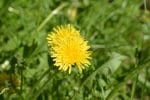
Dandelion snacking chips
Description
Make melt-in-your mouth snacking chips from dandelion leaves. These are so tasty you won’t even guess they’re healthy!
Ingredients
- 1/4 cup lemon juice
- 2 tbsp. poppy seeds
- 1/4 cup melted coconut oil
- 2 cloves of garlic, crushed
- 1/4 tsp. dijon mustard
- 1/4 tsp. celtic sea salt
- 4 cups of washed fresh dandelion leaves, picked before the flowers open.
Instructions
- Soak poppy seeds in lemon juice for 2 hours.
- In a blender, mix poppy seeds, lemon juice, garlic, mustard and coconut oil.
- Blend until smooth and thickened.
- Pour over dandelion leaves and massage into leaves until they are well coated. Sprinkle with salt to taste.
- Place on dehydrator trays in a single layer. Dry on medium heat for 2 or 3 hours until dry and crisp. You can also dry this in your oven on very low heat, with the oven light on. It will take longer in an oven.
- Eat this as a snack. Or crush the leaves and use as an herb, sprinkled on other foods.
Take 4 cups of washed fresh dandelion leaves, picked before the flowers open.
1/4 cup melted coconut oil
1/4 cup lemon juice
2 cloves of garlic, crushed
2 tbsp. poppy seeds
1/4 tsp. dijon mustard
1/4 tsp. celtic sea salt
Soak poppy seeds in lemon juice for 2 hours. In a blender, mix poppy seeds, lemon juice, garlic, mustard and coconut oil. Blend until smooth and thickened. Pour over dandelion leaves and massage into leaves until they are well coated. Sprinkle with salt to taste. Place on dehydrator trays in a single layer. Dry on medium heat for 2 or 3 hours until dry and crisp. You can also dry this in your oven on very low heat, with the oven light on. It will take longer in an oven.
Eat this as a snack. Or crush the leaves and use as an herb, sprinkled on other foods.
Other ways to enjoy the greens
Tender young dandelion greens are also delicious in pesto dishes.
Closed Dandelion Flowers
The unopened flowers of the Dandelion plants are mild tasting and I’ve heard that the taste is similar to mushrooms. They didn’t taste like that to me though. Gather the still closed flowers and saute with onions, in coconut oil. Serve in egg dishes, or as a side dish. They are mild tasting and rich in minerals.
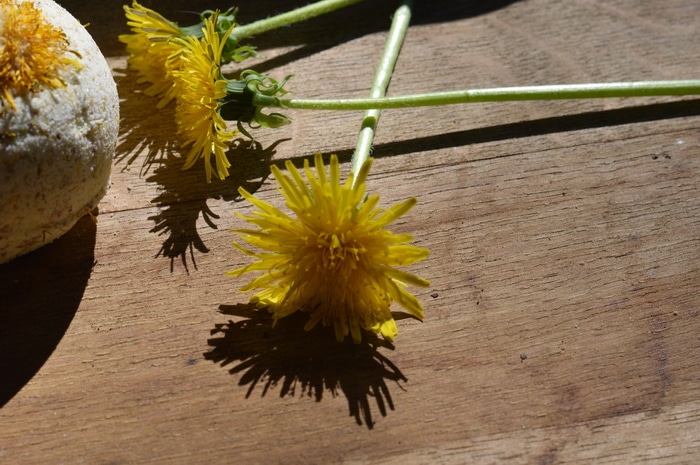
Open Dandelion Flowers
Gather the open flowers in the morning as soon as they open but after the dew has dried. The herbal goodness can be preserved as a wine or the flowers can be dried and used in tea. Some herbalists advise you to remove the green calyx before using the flowers, to lessen the bitterness of the herb. I have not found this to be necessary. Plus part of the goodness of the herb is in its bitterness. Flowers should be young and fresh, not already pollinated, or they will turn white and fluffy as they dry. Ensure that no sprays or herbicides have been used in the area you plan to harvest from. Avoid any sprayed flowers, leaves, or roots.
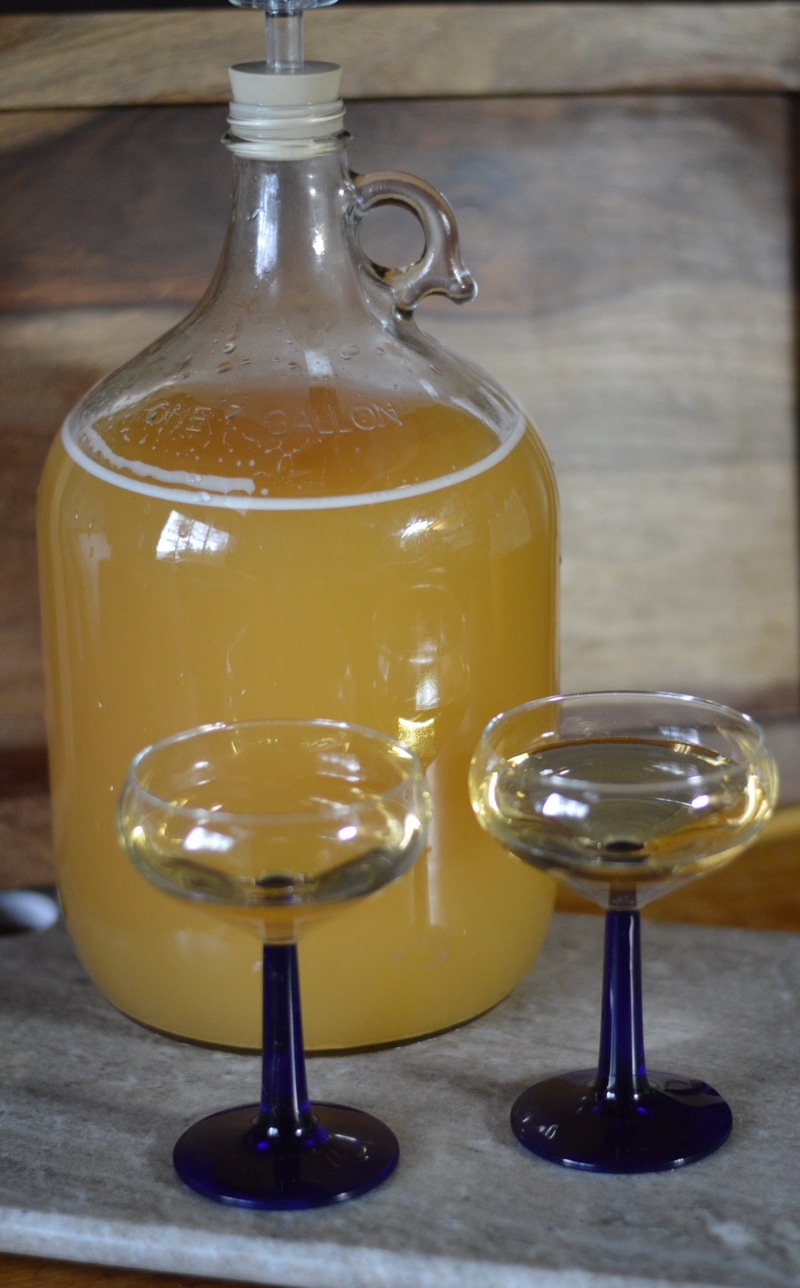
Dandelion Drinks:
Use Dandelion flowers to make dandelion wine, or in combination with other flowers like elderflower for a delicious and sparkling mead. Dandelion based wine, or mead, is a refreshing tonic that is highly useful to ward off winter blues and ills. We made a batch or two of dandelion mead every spring when the flowers are abundant.
Dandelion Flower Infusion
You can also infuse the flowers in oil and use them as a skin moisturizer. Place 2 cups dried dandelion flowers in 2 cups of olive oil. Place on a sunny window sill and shake the contents once a day for 2 weeks. Strain and retain the oil, rich in antioxidants and polyphenols. Use in first aid cream and skin preparations mixed with bees wax and coconut oil to relieve aches and sore muscles, and restore skin moisture and elasticity. Dandelions have been part of the traditional apothecary for centuries.
Dandelion Roots
After flowering, the leaves of dandelion become bitter. They will set seed quickly, and you can start a new patch for greens by gathering the seed and planting in a prepared bed. Dandelion roots are the next part of the plant to harvest. Wait until mid to late fall, when the plants have had a season of strong sun. Pull up the plants by the roots. Cut off the tops and feed to livestock. Wash the roots carefully. Chop into 1/2 inch pieces or smaller, and dry in a dehydrator. Once dry, you can store them in a glass jar. To make tea, pour boiling water over the roots to make an infusion.
It was the Dandelion root tea that was used in the Windsor experiments for treatment of leukemia.
A coffee substitute can also be made from the dried roots. After they are dry, roast them in your oven until brown, like coffee beans but not burnt. Grind like coffee and perk.
The bitterness of dandelion roots is also used as a digestive supplement to increase digestive efficiency, increase bile secretions, and support the liver. Try this recipe for dandelion root and burdock root bitters.
Feeding dandelion to livestock
Livestock of all kinds love dandelions. The leaves, and young flowers are relished by chickens, goats, sheep, and rabbits. When an animal is lethargic, or weak, we will gather large handfuls of dandelion leaves and flowers at all stages of growth, and the animals often recover speedily with this being the only medicine. The plants are rich in potassium and are a health tonic, strengthening the animals core wellness.
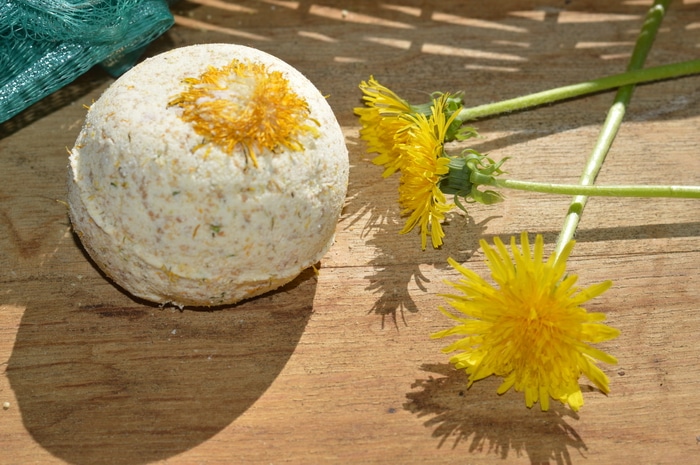
Topical use of Dandelion Medicine
Dandelion is also useful for topical use in body care products like muscle relief balms and bath bombs.
To use the flowers in an oil infusion, though, you want to be sure the flowers are completely dry. They are so rich in nitrogen and minerals that oil infused with fresh flowers becomes putrid quickly. You might notice when you try to dry dandelion flowers that they change and go to seed overnight. To prevent this get the flowers as soon as the open in the morning, but after the dew has dried on them. Place them in a dehydrator and dry them on medium heat immediately. They will retain their yellow petals in this way. Once dry they can be used with numerous remedies. Oil made from the dried flowers is anti-inflammatory and analgesic, offering relief for sore muscles and joint pain. A massage oil made by infusing dried dandelion flowers in sweet almond oil is useful for after exercise recovery.
Find out more:

Dandelion’s botanical name tells us that it was used in the official pharmacopoeia universally for many disorders. The name Taraxacum means “remedy for disorders.” That should rouse your interests. If your get up and go has got up and left, dandelion might be the tonic herb you need to restore your energy levels.
Many scientific studies demonstrate the effectiveness of dandelion in promoting health and wellness. Studies in mice have proven dandelion’s anti-inflammatory, pain relieving powers. Dandelion has a protective benefit to both the liver and the kidneys, the body’s toxin removal organs. Dandelion is also anti-cancer, inhibiting the formation of new blood vessels in cancer tumors. The root, leaf, and the flower have strong immune boosting and antioxidant activity, confirming the ancient uses of dandelion as a botanical medicine for many disorders.
This ebook contains recipes and harvesting information to help you tap into the treasures of this tenacious backyard herbal ally for your own health and peace of mind. You’ll find salves, ointments, moisturizers, bath bombs, tinctures, herbal tea, herbal coffee substitutes, and so much more to boost your health, soothe your aches, and save you money.
(Updated version coming soon)


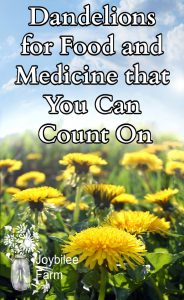
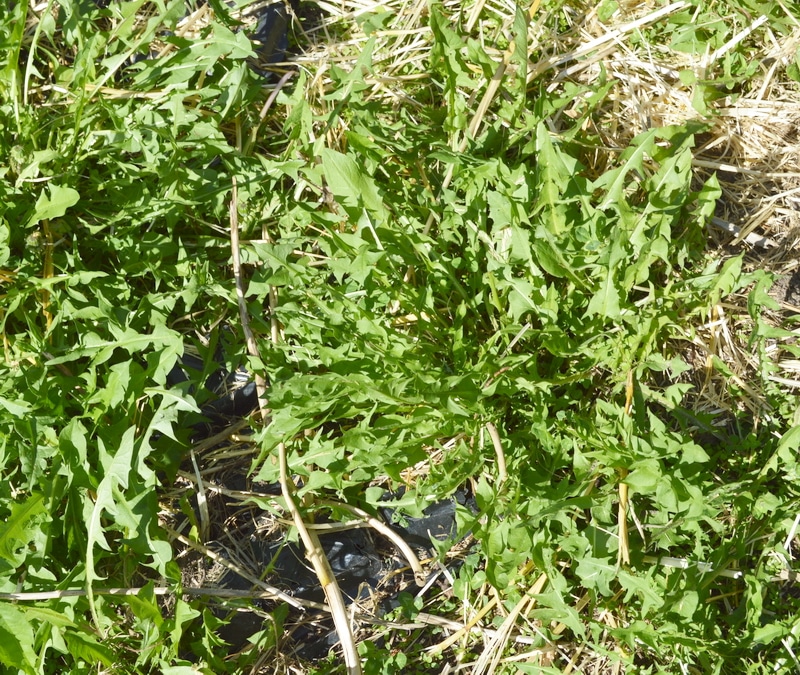

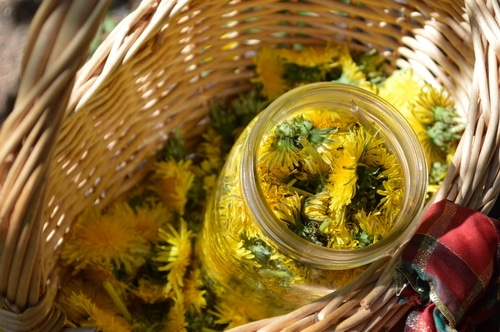
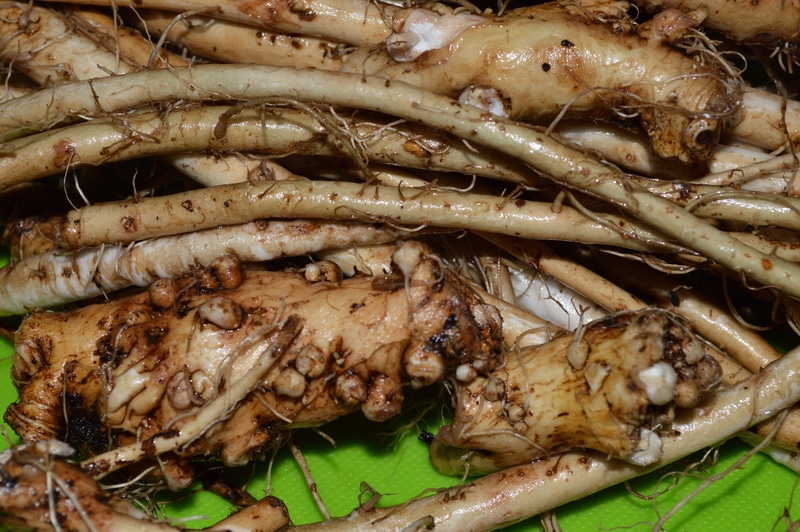
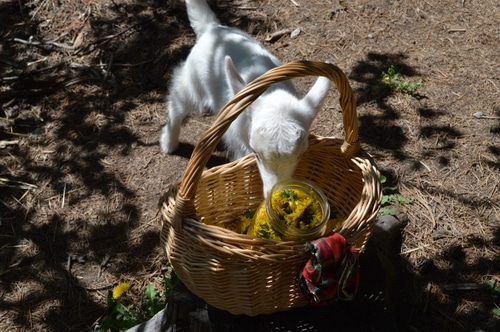

Leave a Reply